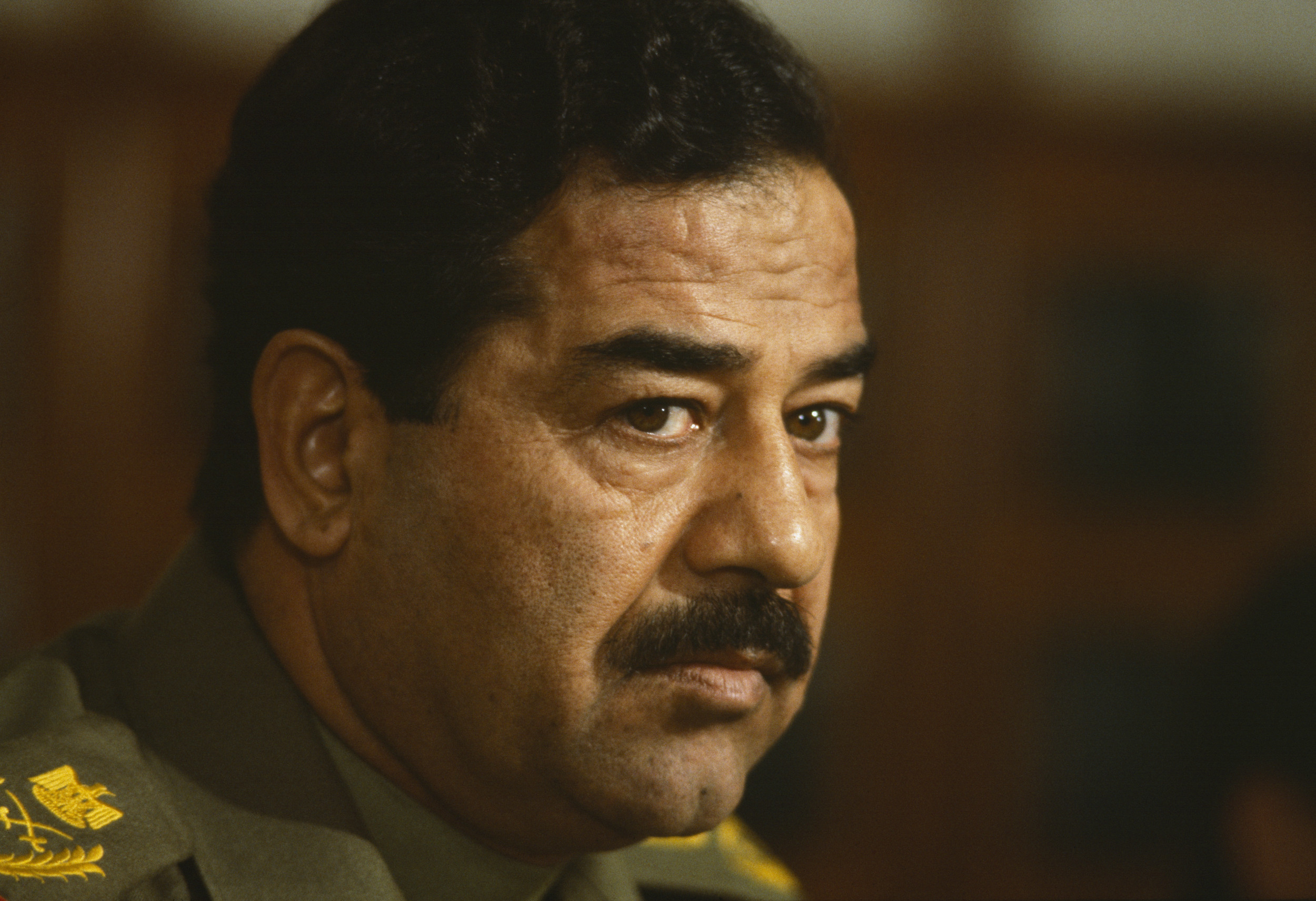
While 9/11 Came Closer, George W. Bush’s Team Focused on Saddam Hussein’s WMDs
By William M. Arkin On 8/7/21 at 5:00 AM EDT
In this series, Newsweek maps the road to 9/11 as it happened 20 years ago, day by day.
The Defense Intelligence Agency (DIA) published a secret report on “Iraq’s Reemerging Nuclear Weapon Program,” part of a raging debate within U.S. intelligences community agencies as to the state of Saddam Hussein’s weapons of mass destruction program. United Nation’s inspectors had been banned from inside the country since November 1998, leaving U.S. intelligence to largely speculate as to what was going on.
Intelligence thereafter poured in from the intense American monitoring of Iraq, from regional allies (particularly Israel and Jordan) as well as the Iraqi expatriate community, suggesting that Iraq was pursuing nuclear and biological weapons as well as long-range missile—a phantom that would build in intensity after 9/11. The high priority intelligence collection supported the basic American policy—and the U.N. requirement—to eliminate all of Iraq’s WMD. Before the events that forced Saddam to eject U.N. inspectors—a combination of increasing aggressiveness on the part of the singularly focused U.N. Special Commission (UNSCOM), the discovery of U.S. spying under the guise of the inspection effort—Iraq had been about to receive a clean bill.
We now know that U.S. intelligence not only misread the situation but that much of the reason that Washington (under the Bush and Clinton administrations) believed Saddam was secretly pursuing WMD was that he was lying to his own generals and diplomats, telling them that Iraq indeed had such a capability, hoping the lie would deter major attack and keep him in power.
The main issue on the table on August 7 was the purpose of aluminum tubes that Iraq attempted to import from China, the 3,000 tubs intercepted in Jordan in July. Though the tubes were intended to manufacture multiple rocket launchers, at the time, the DIA, CIA and Department of Energy intelligence component concluded that the thickness and strength of the tubes made them more suitable to be rotors in a gas centrifuge, to be used to enrich uranium. The DIA stated in the August 7 report that “alternative uses” for the tubes were “possible,” but that such alternatives are “less likely because the specifications [of the tubes] are consistent with late 1980’s Iraqi gas centrifuge rotor designs.”

Though many government analysts would change their view regarding the tubes—and Iraq would argue vociferously, and accurately, that the tubes were indeed intended to build multiple rocket launchers—the debate would continue up until the March 2003 invasion of Iraq. It is now clear in hindsight that Iraq was front and center in Washington and a focus of the Bush administration long before 9/11. The outgoing Clinton administration not only left the status of Iraq’s WMD unclear, and a priority for intelligence collection, but had instituted a policy (adopted by the new Bush team) that there could be no certification of Iraq being free of biological, chemical or nuclear weapons, nor normalization of relations, until there was regime change. The approach left little room for a negotiated settlement, paving the way to eventual war.
Follow the Newsweek live tweet of September 11, 2001 (based upon the new book On That Day) starting at 4:45 a.m. EST @Roadto911.
No comments:
Post a Comment